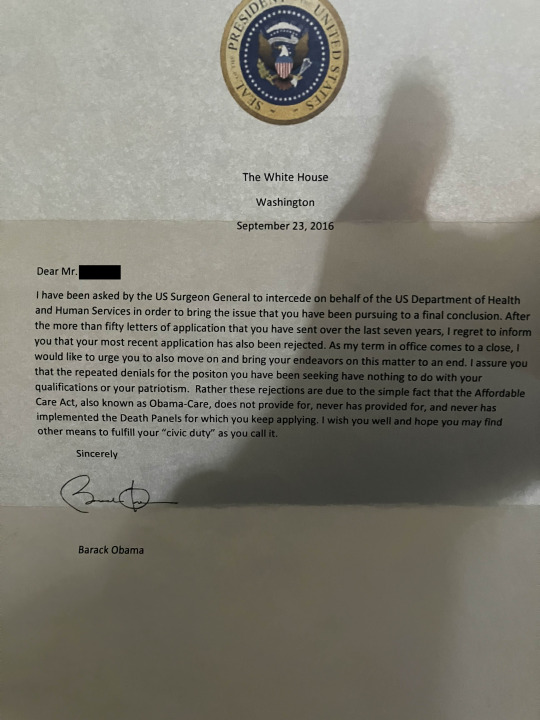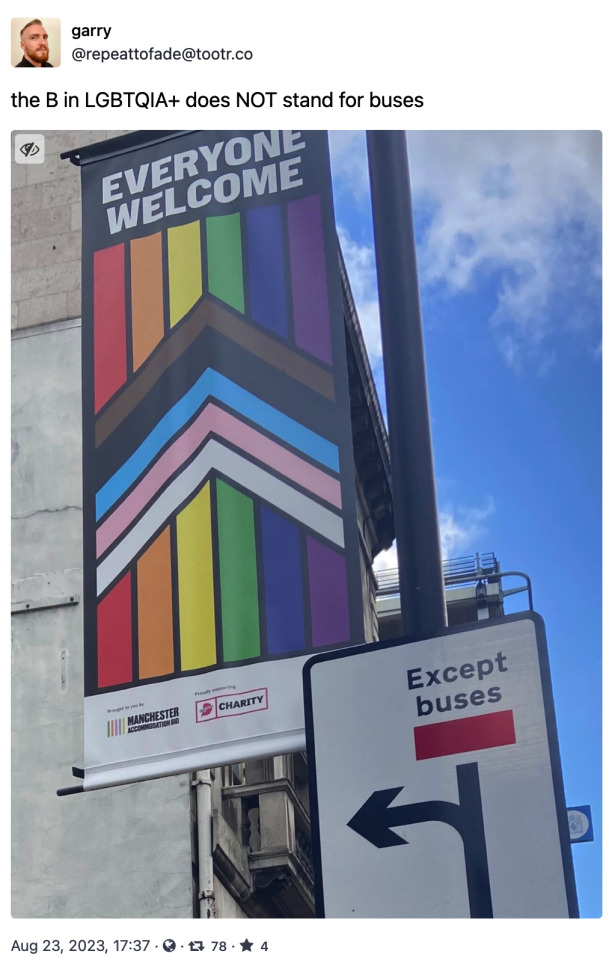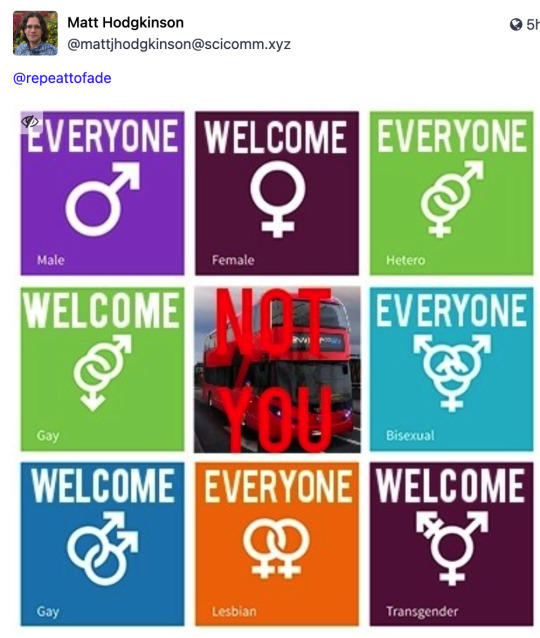Text
My father's funeral was yesterday. There are a lot of ways that I could attempt to eulogize him, but for the sake of expediency I'm going to go with an incident, towards the tail end of the Obama administration, where I was sitting in the living room reading, and he charges in in a big huff, says, "Look at what he sent me! Can you believe this guy?" and hands me this:

17K notes
·
View notes
Text
“no rapping tonight"
why?
"you rap about arthurian knights everytime, it's embarrassing"
ok
[after one beer]
uh oh y'all i go into a trance a lot
36K notes
·
View notes
Text
i could enact the cataclysm if you guys are up for it
5K notes
·
View notes
Text
The "B" is *not* for "buses"
Via mastodon(aka the fediverse)


93K notes
·
View notes
Note
you ever been milked big time?
I was the only almond at Silk for 5 years
107K notes
·
View notes
Photo

When Apollo 11 successfully landed and the images were released, ‘The Sun’ newspaper in Vancouver changed it’s name to ‘The Moon’ to report it.
104K notes
·
View notes
Text
type prevs url with your eyes closed in the tags
130K notes
·
View notes
Text
Frustrated that people continued to consume so much alcohol even after it was banned, federal officials had decided to try a different kind of enforcement. They ordered the poisoning of industrial alcohols manufactured in the United States, products regularly stolen by bootleggers and resold as drinkable spirits. The idea was to scare people into giving up illicit drinking. Instead, by the time Prohibition ended in 1933, the federal poisoning program, by some estimates, had killed at least 10,000 people. [...] By mid-1927, the new denaturing formulas included some notable poisons—kerosene and brucine (a plant alkaloid closely related to strychnine), gasoline, benzene, cadmium, iodine, zinc, mercury salts, nicotine, ether, formaldehyde, chloroform, camphor, carbolic acid, quinine, and acetone. The Treasury Department also demanded more methyl alcohol be added—up to 10 percent of total product. It was the last that proved most deadly. The results were immediate, starting with that horrific holiday body count in the closing days of 1926. Public health officials responded with shock. “The government knows it is not stopping drinking by putting poison in alcohol,” New York City medical examiner Charles Norris said at a hastily organized press conference. “[Y]et it continues its poisoning processes, heedless of the fact that people determined to drink are daily absorbing that poison. Knowing this to be true, the United States government must be charged with the moral responsibility for the deaths that poisoned liquor causes, although it cannot be held legally responsible.” His department issued warnings to citizens, detailing the dangers in whiskey circulating in the city: “[P]ractically all the liquor that is sold in New York today is toxic,” read one 1928 alert. He publicized every death by alcohol poisoning. He assigned his toxicologist, Alexander Gettler, to analyze confiscated whiskey for poisons—that long list of toxic materials I cited came in part from studies done by the New York City medical examiner’s office. Norris also condemned the federal program for its disproportionate effect on the country’s poorest residents. Wealthy people, he pointed out, could afford the best whiskey available. Most of those sickened and dying were those “who cannot afford expensive protection and deal in low grade stuff.” And the numbers were not trivial. In 1926, in New York City, 1,200 were sickened by poisonous alcohol; 400 died. The following year, deaths climbed to 700. These numbers were repeated in cities around the country as public-health officials nationwide joined in the angry clamor. Furious anti-Prohibition legislators pushed for a halt in the use of lethal chemistry. “Only one possessing the instincts of a wild beast would desire to kill or make blind the man who takes a drink of liquor, even if he purchased it from one violating the Prohibition statutes,” proclaimed Sen. James Reed of Missouri.
This isn't particularly relevant to anything specific. I just wanted to remind everyone this is something the US government did.
6K notes
·
View notes
Text

2K notes
·
View notes
Text
going to my friends environmental storytelling themed birthday party and theres overturned chairs and blood everywhere and everyone is gone
452 notes
·
View notes
Text

28K notes
·
View notes




